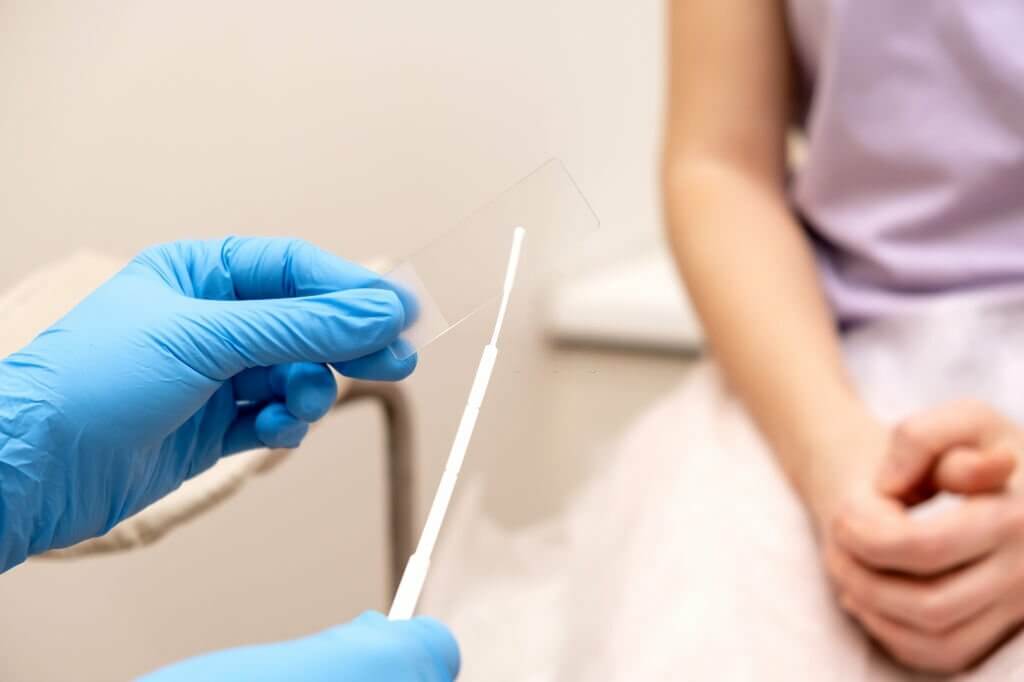What Are Cervical Swabs?

A cervical swab is a simple test used to collect cells from the cervix for examination. Cervical swabs are commonly used to screen for cervical cancer and sexually transmitted infections (STIs).
Why Do Doctors Perform Cervical Swabs?
There are several reasons why a doctor may collect a cervical swab:
-
✅Cervical cancer screening - Cells collected from a cervical swab are examined for any abnormal changes that could indicate cervical cancer or precancerous conditions. Cervical cancer screening is recommended every 3-5 years for women ages 21-65.
-
✅HPV testing - Cervical cells can be tested for the presence of human papillomavirus (HPV), which is responsible for over 90% of cervical cancer cases. HPV testing may be performed with a Pap smear or on its own.
-
✅STI testing - Swabs can test for chlamydia, gonorrhea, and other sexually transmitted infections that can infect the cervix. This allows for early detection and treatment.
-
✅Other testing - In some cases, a cervical swab may be used to collect cells for additional tests, like a cervical biopsy.
Types of Cervical Swabs
There are a few different types of cervical swabs that may be used:
-
✅Regular pap smear - Cells are collected from the cervix using a brush or spatula and spread onto a glass slide.
-
✅Liquid-based cytology (LBC) - Cells are collected with a brush and rinsed into a vial of solution. This method provides a more uniform sample.
-
✅HPV swab - A swab specifically designed to collect cervical cells for HPV testing.
-
✅Endocervical swab - A long, thin swab that can reach into the endocervical canal to collect a sample from inside the opening of the cervix. This is important for testing gonorrhea and chlamydia.
-
✅Broom-like device - For a pap smear, a broom-shaped brush may be used to collect a wide sample of cells from the outer surface of the cervix.
-
✅Cytobrush - A brush with stiff bristles that can gather cells from the transformation zone, the area where the cervix is most vulnerable to abnormal changes.
The type of cervical swab used can vary based on the purpose of the test, the preferences of the healthcare provider, and the specific needs of the patient. But in general, they are simple procedures that briefly collect cells for examination under a microscope or laboratory testing. This screening is essential for the early detection of cervical cancer and precancerous changes.
How is a Cervical Swab Performed?
During a pelvic exam, the doctor or nurse inserts a speculum into the vagina to open it up and view the cervix. Then, using a long cotton swab, they will gently rotate the tip along the cervix to collect cells. The procedure is brief and straightforward.
The collected cells are sent to a lab for analysis. Test results are usually available within a few days to a couple weeks. Abnormal pap smear results may require additional testing.
Benefits of Cervical Swabs
When performed regularly, cervical cancer screening provides an effective way to detect precancerous changes early. HPV testing also allows early identification of women at high risk for developing cervical cancer. Routine screening has been proven to significantly reduce cervical cancer incidence and mortality.
Cervical swabs are a simple and effective cervical health screening tool. Women are advised to get regular cervical cancer screening as recommended by their physician.
Click to View → Mantacc 95000LV Cervical Swabs
Related Posts
Everything You Need To Know About Cervical Specimen Collection
Cervical Swabs vs Vaginal Swabs for Chlamydia and Gonorrhea NAATs
Cervical Cancer 101: Symptoms, Causes, Screening Tests, Treatment and Prevention Strategies
Keep Away from Cervical Cancer
At-Home HPV Testing: The Gift of Cervical Cancer Prevention
White Blood Cells in Cervical Swab Without Infection: Causes and Clinical Approach








